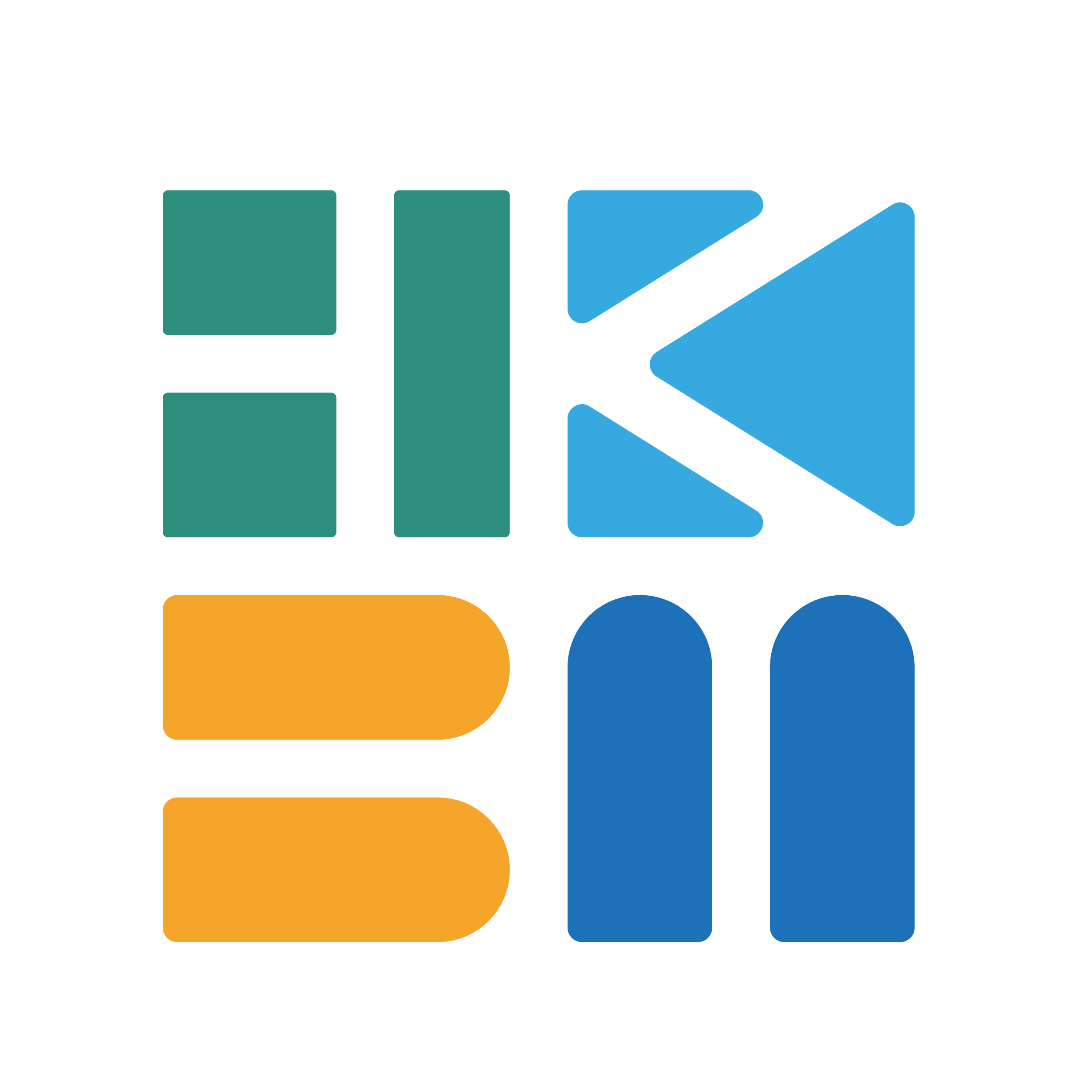Specimen Showcase | A Dangerous Beauty🥭
- Hong Kong Biodiversity Museum

- Feb 17
- 2 min read
Updated: Mar 13
Everyone loves juicy fruit. Hong Kong is favourable for planting tropical fruit trees and hence you can see some everywhere. But be careful! If you see a mango with green or red colour, don’t eat it. It is a poisonous mango.

The grey milkwood (𝘊𝘦𝘳𝘣𝘦𝘳𝘢 𝘮𝘢𝘯𝘨𝘩𝘢𝘴 𝘓.) is one of the five most poisonous plants in Hong Kong. It is a mangrove associate plant from the family of Apocynaceae which is distributed widely in tropical regions of Asia, Australia, Madagascar and Polynesia. It is an evergreen tree (meaning it does not lose its leaves during the harsh season) that can grow up to 8 m tall. From March to October, you may observe its beautiful flowers composed of five white petals with a ring of red/pink in their central part.

Even though 𝘊. 𝘮𝘢𝘯𝘨𝘩𝘢𝘴 𝘓. fruits, present on trees from July to December, looks so much like the edible mango, the whole plant contains milky juice which is highly toxic. The seeds and fruits in particular are highly toxic containing dangerous cardiac glycosides such as thevetin or cerberin. Beware and do not eat it! As if you do, you may suffer from indisposed illness.😵 The symptoms are nausea, vomiting, abdominal pain, cramping, difficulty in respiration and even death! But used properly, 𝘊. 𝘮𝘢𝘯𝘨𝘩𝘢𝘴 𝘓. has plenty of benefits to us as well. It possesses an emetic action, so it can be used to treat diarrhea. The seeds can cure itching and scabies by external application. The bark is used for the treatment of ringworm and dysuria while the flowers are used to treat haemorrhoids. Last but not least, it can act as medicine to treat cardiac disorders. Therefore, every coin has two sides.

Actually, 𝘊. 𝘮𝘢𝘯𝘨𝘩𝘢𝘴 𝘓. is a highly ornamental plant. The white flower is fragrant and gorgeous and it is thus commonly cultivated in gardens for greening. Although the fruits are poisonous to humans, some species such as Goffin’s Cockatoo (𝘊𝘢𝘤𝘢𝘵𝘶𝘢 𝘨𝘰𝘧𝘧𝘪𝘯𝘪𝘢𝘯𝘢) and some fruit bats, can eat it. In return, they help the dispersal of 𝘊. 𝘮𝘢𝘯𝘨𝘩𝘢𝘴 𝘓. by ingesting the seeds. It is usually found 𝘊. 𝘮𝘢𝘯𝘨𝘩𝘢𝘴 𝘓. along the coastal area. You will see it on a hillslope near the seashore and beach above the high-tide mark. It is because the fruit is cellulose so that it can allow propagating the seed on water. The fruit will wash up onshore. The seed starts to grow after the outer fleshy part of the fruit has rotted away. Therefore, seawater is another dispersal way for 𝘊. 𝘮𝘢𝘯𝘨𝘩𝘢𝘴 𝘓..

All in all, plants can be stunning but defensive. The safe and best way to appreciate species in nature is by using your eyes but not your mouth.

Text: Edmond Lee




Comments